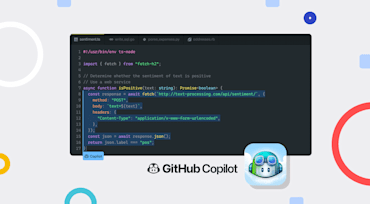The past decade has seen massive improvements in software tools that facilitate coding. In fact, a campaign is currently underway to promote building software with no-code tools like Bubble, which promise to be a boon for those not acquainted with the rudiments of programming.
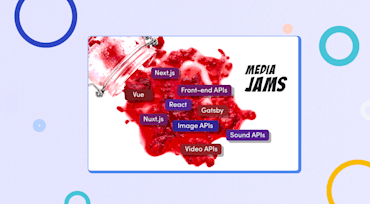
For developers who constantly tackle programming problems and build solutions, finding answers through code in the wild can be a big time-saver. The Developer Relations Team at Cloudinary is proud to announce the community tool MediaJams, which aims to educate you on media with descriptions of typical use cases along with sample code for building them.

Deep learning, a subset of machine learning, breaks down tasks in ways that make all kinds of machine assists possible. With deep learning, you can identify images by machine, i.e., instead of hand-coding software with specific instructions for a task, you train the machine with large amounts of data and algorithms that enable it to learn how to perform the task.

tl;dr;
Cloudinary conducted a workshop at React Summit 2021 to highlight the effect of media performance on websites by correlating it with Google’s Core Web Vitals and other performance measurements. Also presented were typical optimization techniques along with code samples. Here are the recording and the slides.
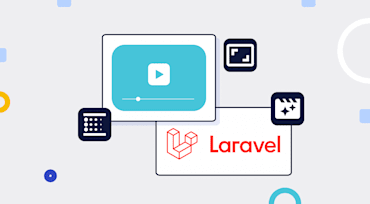
Videos are large media files—in most cases, at least four times larger than images—and are often created for ads, marketing campaigns, and instructional content to convey as much information as possible in a short time. Ensuring that videos do not buffer all the time and that the user’s data is protected from rapid consumption due to heavy page weight must be the modus operandi for all website builders and e-business owners.

Cloudinary offers SDKs for many programming languages and frameworks. Even though it also offers an Upload API endpoint for both back-end and front-end code, most developers find the SDKs very helpful. If you're working with a powerful back-end framework like Python Flask, you'll be happy to hear that a Python SDK is now available.
This tutorial walks you through the process of building an API to upload images to Cloudinary. You can also upload other file types, including video and even nonmedia files, with the API.
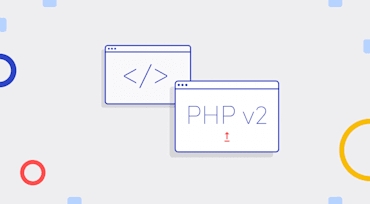
Cloudinary supports a wide range of SDKs, many of which have been around for quite some time now. The PHP SDK was initially released in 2012, nine years ago, and much has changed since then with regard to programming languages and development concepts. This means that the SDKs need a refresh in order to be aligned with the latest standards and best practices, also to comply with the current language standards and syntax usage.

The advent of web development since 25 years ago has given birth to an abundance of online services that help developers build apps efficiently and smoothly. Gravatar is a shining example of such a service. Built by WordPress, Gravatar generates globally recognized avatars. Fun fact: 80 percent of Gravatar users first came across that service when reading a WordPress blog.
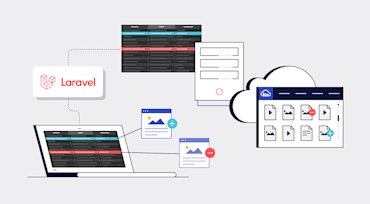
Laravel, currently the most popular PHP framework, offers databases an efficient, well-written Active Record implementation, called the Eloquent Object-Relational Mapper (ORM). Specifically, Eloquent maps a database table to an Eloquent model along with fluent methods and expressions for querying and modifying the database’s records.
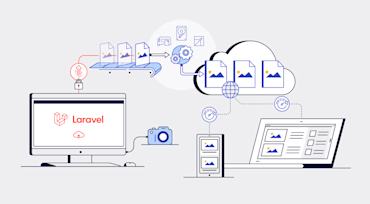
Since performance is by and large the holy grail of software development, tools abound for building fast software, notably those for optimizing online media, most of which are images and videos. Optimization in this context means downsizing the media files but maintaining a satisfactory level of visual quality for delivery. The smaller those files are, the faster your website loads.
